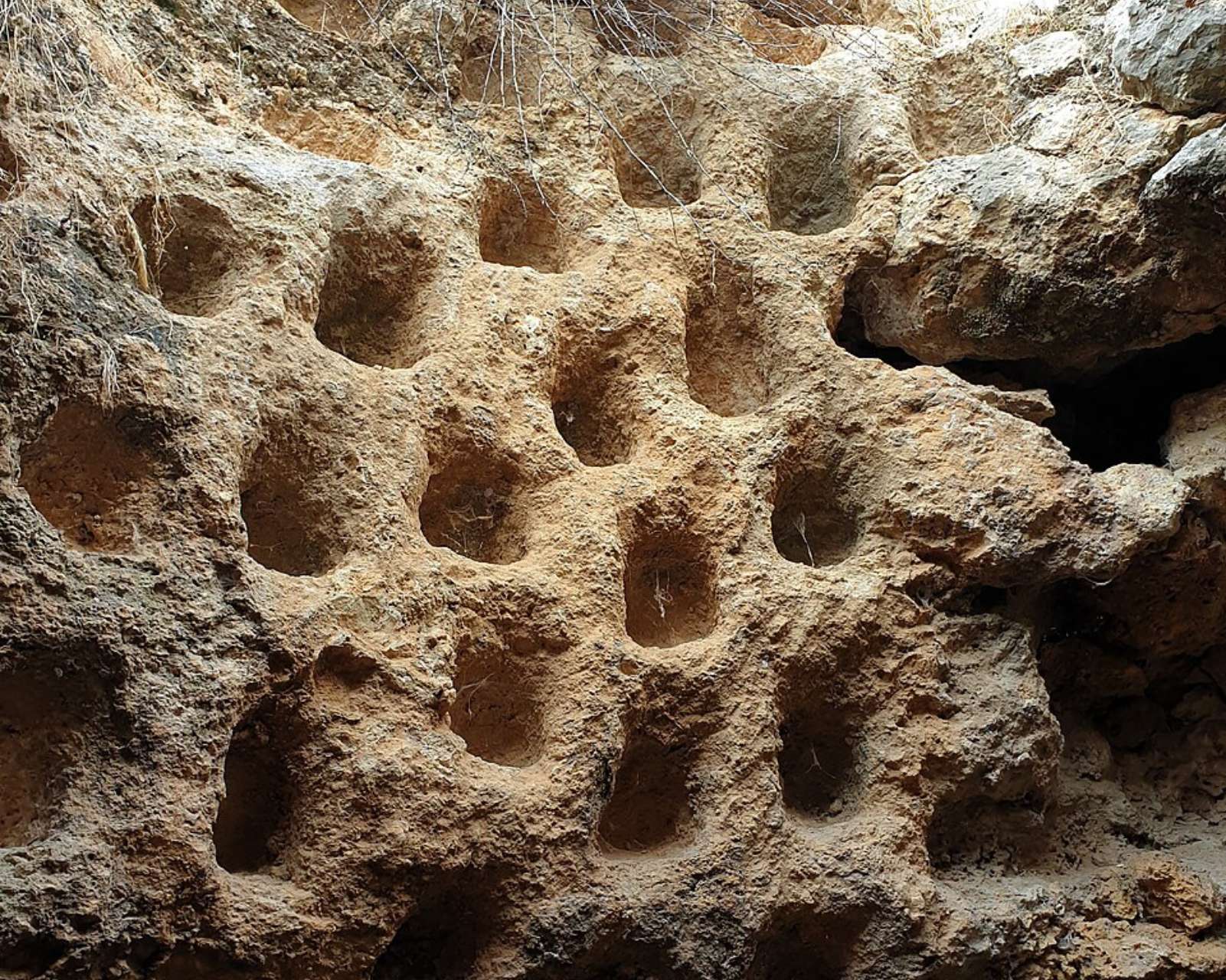Archaeologists Claim Discovery of Exact Site Where Jesus Performed His First Miracle
Source: GreekReporter.com

A team of archaeologists believes they have uncovered strong evidence pointing to the real site of Jesus’ first miracle – turning water into wine – at the site of Khirbet Qana, a quiet hillside village about 12 kilometers northwest of Nazareth.
For centuries, tradition placed the miracle in Kafr Kanna, five kilometers northeast of Nazareth. The town is home to the Church of the Wedding, which draws thousands of visitors each year and claims to hold the original stone jars from the biblical story. But recent excavations tell a different story.
Underground caves reveal early Christian worship
Since 1998, a team of archaeologists, first led by Professor Douglas Edwards and now by Dr. Tom McCollough, has been digging at Khirbet Qana.
They uncovered an underground cave system believed to have been used for Christian worship as early as the 3rd century CE. These cave rooms remained in use through the Byzantine and Crusader periods, roughly from 415 to 1217 CE.
Is THIS where Jesus turned #water into #wine? Archaeologists in #Israel claim they’ve found exact location where miracle took place,say real site is more likely to be town of Khirbet Qana, 8 miles northwest of #Nazareth, where signs of early Christian worship have been discovered pic.twitter.com/VKiQ2bmwT9
— Hans Solo (@thandojo) May 25, 2025
Some rooms were covered in plaster and bore early Christian symbols. In one, archaeologists found the Greek phrase “Kyrios Iesou,” meaning “Lord Jesus,” carved into the wall, along with crosses and names likely left by pilgrims.
Stone jars and the altar echo the Gospel account
A significant find included an altar built from the lid of a stone coffin. Above it sat a stone shelf holding two large jars, with enough space for four more. The Gospel of John describes Jesus using six stone jars during the miracle in Cana.
“Six stone jars could hold the water that Jesus turned into wine,” said Dr. McCollough. “All this points to the fact that Khirbet Qana was considered the Cana of the New Testament from a very early period.”
Cana, Kanna or Qana?
To avoid confusion, the name “Cana” refers to the biblical village known from the New Testament, traditionally linked to the Wedding at Cana. Today, two main sites in northern Israel claim this legacy: Kafr Kanna, a modern town long associated with Christian pilgrimage, and Khirbet Qana, an archaeological site some scholars believe is the more historically accurate location. While the spellings differ—Cana, Kanna, Qana—they all stem from the same ancient root.
Signs of Jewish life strengthen link to Jesus’ time
The team also discovered evidence that Khirbet Qana was a Jewish settlement during the time of Jesus. Finds included a Roman-period study center known as a Beit Midrash and six coins minted during the Jewish Maccabean revolt.
These discoveries match the biblical details, which say the stone jars were used for ritual washing – something typical in Jewish homes of that period.
Experts question long-held tradition at Kafr Kanna
In contrast, experts say no archaeological evidence has confirmed the presence of a Roman-era Jewish village beneath Kafr Kanna. This weakens its claim as the biblical Cana, especially since the Gospel of John refers to a real village from that time.
According to Dr. James Tabor, Kafr Kanna became the favored spot for pilgrims because it was easier to reach, but Khirbet Qana fits the evidence better.
Cana may have had a deeper meaning for Jesus
Dr. Tabor also suggested that Cana may have played a larger role in Jesus’ life. “Cana may have been extremely significant for Jesus and his followers,” he said. Not only was it the site of his first miracle, but it may also have served as a kind of base or even a quiet retreat for him.
With early Christian worship spaces, Jewish settlement evidence, and artifacts aligning with the biblical story, Khirbet Qana is gaining support as the true site of the first miracle of Jesus – one that may have meant far more than a single event.
The original article: belongs to GreekReporter.com .
